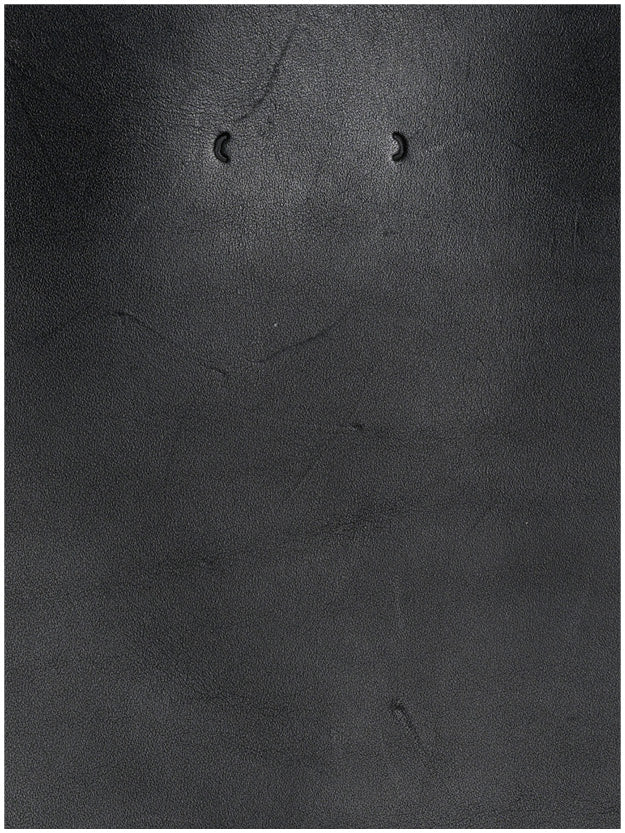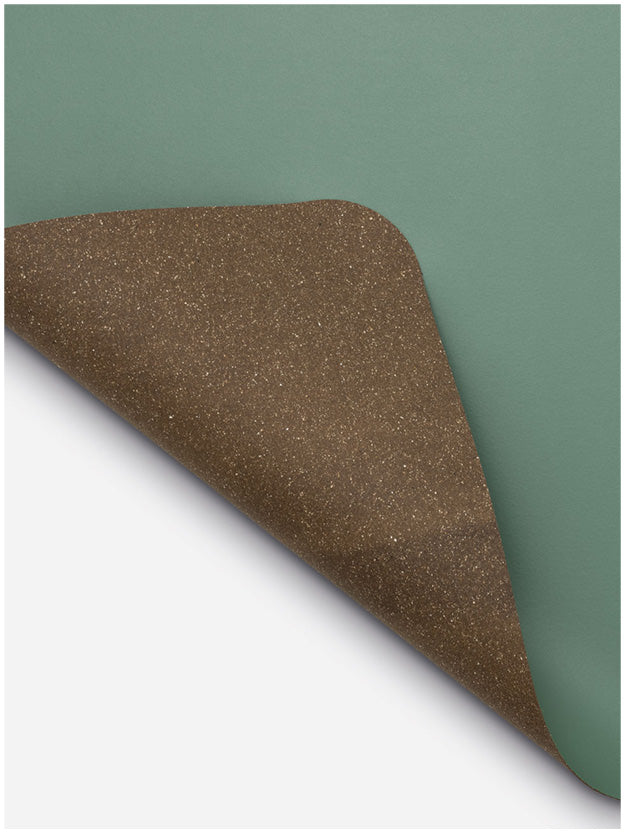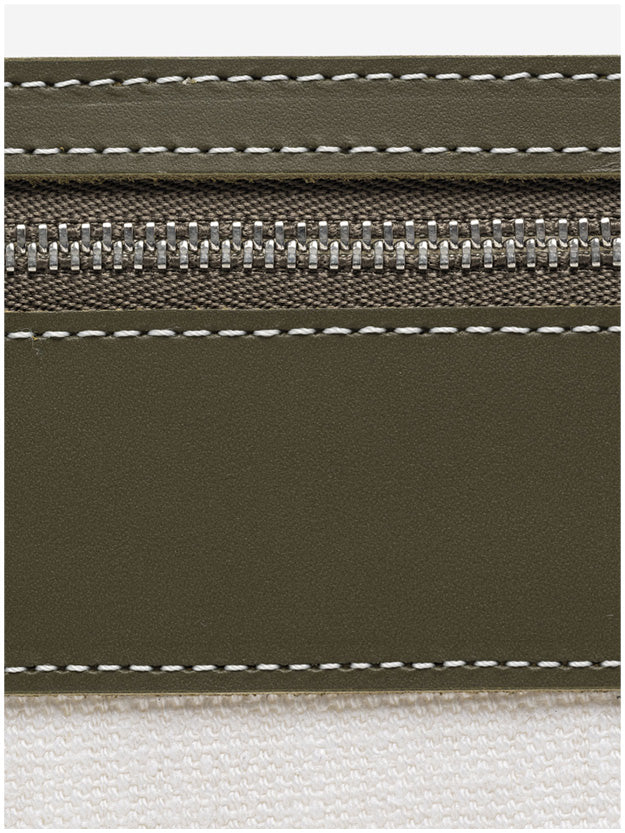MATERIAL
We emphasize the use of high-quality materials, which we source from selected, experienced European manufacturers. What all the materials we use have in common is that they become even more beautiful over time, gain in character, and are awarded the highest certifications in their industry.
WHY LEATHER
The production of leather from animal skins dates back to around 3000 BC and is one of the oldest craft practices known to mankind. From today's perspective, the production of leather is an outstanding example of upcycling - if it is done well. To clear up a common misconception: Cattle are never slaughtered for their hides, but for meat and dairy production. The hides have a value share of 3 to 5 % in the commercialisation of an animal, they are a by-product of the meat and dairy industry. How the hides are further processed determines their quality. The regulations for the European leather industry are among the strictest in the world, and the regulation of the use of chemicals and the handling of waste water have long played a key role. We work with tanneries that have mastered the challenges with flying colours for decades and, for example, treat their waste water in their own treatment plants and return it to the cycle at a quality close to that of drinking water. Leather production can therefore be an outstanding, recyclable example of upcycling that utilises water but does not consume it.
Since 2013, we have been sourcing our firm signature leather from a Belgian tannery that has specialised in the vegetable tanning of cowhide since 1873. This preserves the natural structure, supple feel and savoury smell of the leather. Only around ten per cent of all leather worldwide is vegetable-tanned, which is why it is considered a precious rarity and has the particularity of remaining alive and becoming more and more beautiful over time. Our soft, mineral-tanned cowhides come from a family-run tannery in Germany that has been continuously improving its craft since 1899. Their entire production process is audited by ECO₂L (energy controlled leather) and the leathers are produced in a C02 neutral way, offsetting residual emissions through the purchase of certificates. Our lining is made from calf suede, which we source from a Polish manufacturer that has been producing split leather (the underside of the leather) for over 150 years.
All the leathers we use are certified with the industry's highest awards.
THE UNIQUENESS OF LINEN
Linen is extremely hard-wearing and is woven by an Italian family business that was already known in the 19th century for its robust ropes, which still hold numerous church bells in Tuscany today. Linen has been known for 5,000 years and is therefore one of the oldest natural textile fabrics, but today it is used for less than one percent of all textile fibers. The reason for this is the demanding growing conditions. After all, the plant only flowers for a single day before it is harvested. And little has changed in terms of the manual labor-intensive processing for thousands of years.
THE IMPORTANCE OF CONNECTING ELEMENTS
We have been developing the metal fittings with designer Friedrike Daumiller since 2012 and have them made from solid brass in an Italian workshop. The family business is now in its second generation, and the founder still welds here herself. The surfaces become more and more beautiful with use over time and develop their own patina.
All zips are also made of solid brass. We use the highest quality that YKK offers, Excella. Each individual tooth of this quality is brushed and polished several times before being individually mounted on the hard-wearing cotton tape. As a result, they are very easy to open and close. They are extremely smooth and therefore gentle on hands and scratch-sensitive surfaces. They are manufactured in the center of Germany.
RECYCLED LEATHER AS A PART OF THE SOLUTION
Our recycled leather is obtained from surplus leather processing. It is first granulated and then pressed with natural rubber from trees. The result is a recycled leather quality that consists of 80% leather and 20% natural rubber. In the final step, the leather is coated using a patented process. The result is an extremely durable, water-repellent and easy-care material that can be returned to the cycle at the end of its life cycle. This innovation is manufactured in a family-run tannery in Germany, which has been living continuous improvement since 1919 and has been awarded the very highest certifications. From the Leather Working Group with the Gold Standard, Ökotex Leder, the Blue Angel, the Environmental Management System EMAS and ECO₂L Energy Controlled Leather.
WHAT HOLDS EVERYTHING TOGETHER
Yarns play a significant role in the connections of all cuts. We work with qualities that are manufactured by two specialists who have been working in this field for around 150 years. Our selected yarns are specially developed for the leather goods industry and are characterized by high tear and abrasion resistance.
















